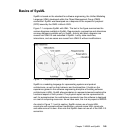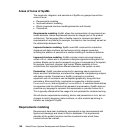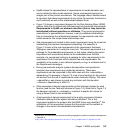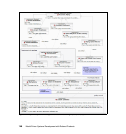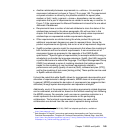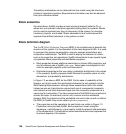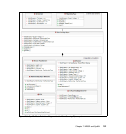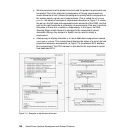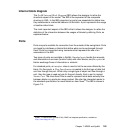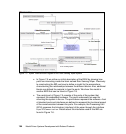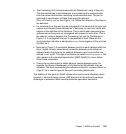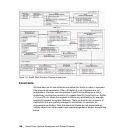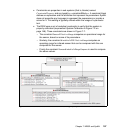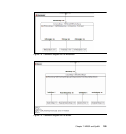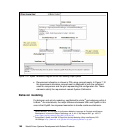
Chapter 7. MDSD and SysML 153
Internal block diagram
The SysML Internal Block Diagram (IBD) allows the designer to refine the
structural aspect of the model. The IBD is the equivalent of the composite
structure in UML. In the IBD properties (or parts) are assembled to define how
they collaborate to realize the behavior of the block. A part represents the usage
of another other block.
The most important aspect of the IBD is that it allows the designer to refine the
definition of the interaction between the usages of blocks by defining Ports, as
explained below.
Ports
Ports are parts available for connection from the outside of the owing block. Ports
are typed by interfaces or blocks that define what can be exchanged through
them. Ports are connected using connectors that represent the use of an
association in the IBD.
Two types of ports are available in SysML:
Standard ports handle the requests
and invocations of services (function calls) with other blocks, and
flow ports let
blocks exchange flows of information or material.
For standard ports, an
interface class is used to list the services offered by the
block. For flow ports, a
Flow Specification is created to list the type of data that
can flow through the port. When only a single type of object can flow through a
port, then the type is used as type for the port directly. Such a port is named
Atomic Port. The class Item Flow is used to represent what does actually flow
between blocks in a particular usage context. We refer the interested reader to
the standard specification for more details on item flows.
6
The IBD is shown in
Figure 7-5.
6
SysML 1.0 Specification (ptc/06-05-04), OMG final adopted specification, available at
http://www.omgsysml.org/



